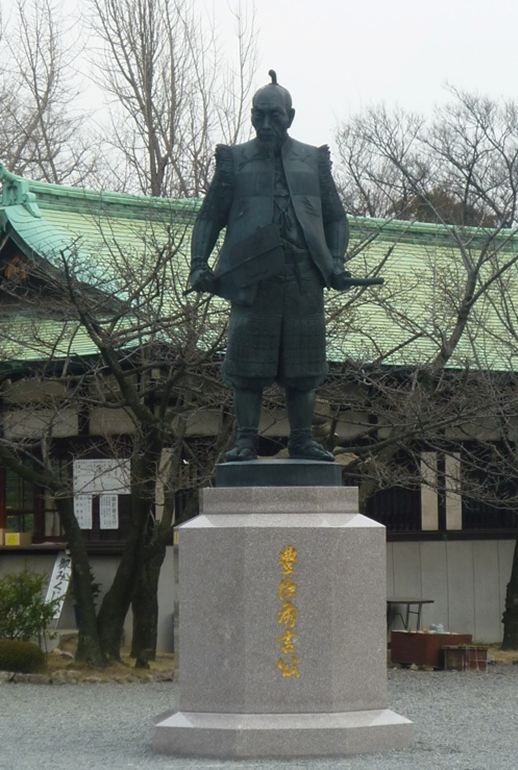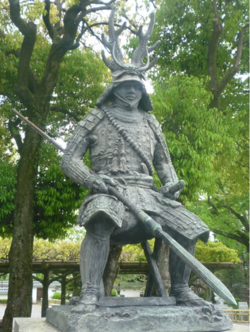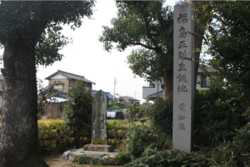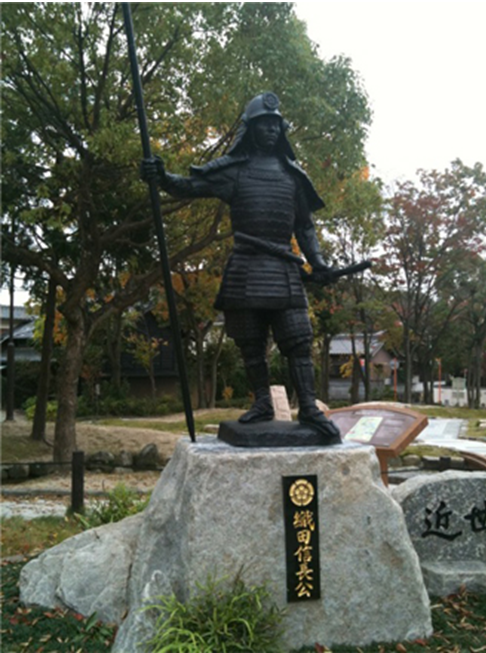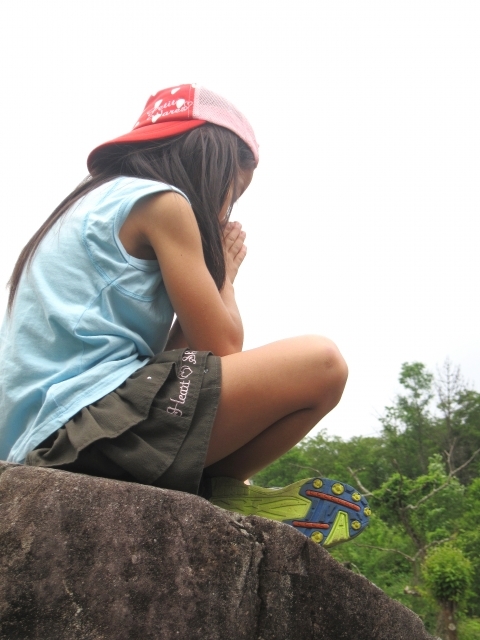ストレス大国代表 我慢を重ねて天下をとった男
第五回 SAMURAIファイル「徳川家康」
日本が誇る錚々たる戦国武将たちの魅力。
外国人の目に我が国の英雄たちはどう映っているのか?
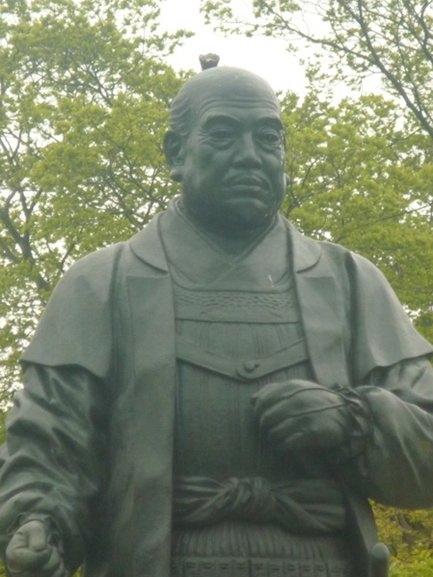
ストレスと戦った家康の気持ち「わかる!」
鳴かぬなら 鳴くまで待とう ホトトギス。
徳川家康の性格を上手く表現している句だ。
織田家、今川家の人質として過ごした子供時代。
家康にとっては「忍耐」の連続だったであろう。
しかしながら、この不遇な子供時代があったからこそ、
家康は「忍耐力」を身に付け、
最終的に天下を取ることができたのかもしれない。
信長や秀吉との関係を上手く保ちながらも、
自分の時代がくるタイミングを待つ。
僕たちが想像する以上に、相当なストレスだったのではないだろうか。
そんな家康のストレスを感じさせるエピソードが、これ。
合戦中、味方が危うくなると興奮して、大声で叫びながら、
自分の乗った馬の鞍を拳で叩き、拳が血だらけになることもあったとか。
イライラしたり、追いつめられた時には、
指から血が出るほど爪を噛んだというのも有名な話。
耐え忍ぶというのも、なかなか大変である。
ストレスの多い現代人。
「家康殿の気持ち、よーくわかるぞ!」という人も多いかもしれない。
1573年の三方ヶ原の戦い。
武田信玄の約3万の兵と
織田軍からの援軍3000人を含めた徳川軍1万1000人の兵が戦い、
武田軍は200人、徳川軍は2000人という数の死傷者を出した。
家康は大敗し、数名の家臣と共に浜松城へと逃げ帰る。
家康は、自分への戒めとして、肖像画を書かせた。
それが、あの有名な「徳川家康三方ヶ原戦役画像」、
別名「顰(しかみ)像」」である。なんとも辛そうで、かわいそうな顔だ。
この絵を常に自分で見ては自分を戒め、
時には「二度とこんな思いはするものか」と自分を奮い立たせた。
「勝つことばかり知りて負けることを知らざれば、害その身に至る」
勝つばかりではなく、負けを味わったことがあるからこその家康の言葉。
なんとも重みがある。
外国人は、よく日本人の「忍耐力」に感心させられる。
辛抱強く、我慢強い。どんな時でも落ち着いて対処し、耐え忍ぶ。
そして最後には、ものすごいことをやり遂げてしまったりする。
そんな日本人を尊敬する、外国人も多い。
忍耐の末、「自身の成功」と「天下泰平」の世を築いた、徳川家康。
外国人にも愛され、尊敬されるSAMURAIだ。
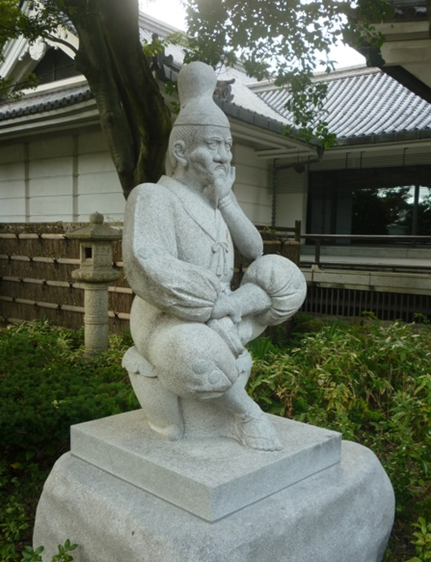
(以下、英訳)
“If the Nightingale won’t sing, I’ll wait for it to sing!”
That’s the last line of a poem written to describe the characters of the Three Unifiers, and in this case, Tokugawa Ieyasu. It’s often said that to achieve greatness, one must suffer first. No doubt Ieyasu learnt patience in his childhood during his years as a hostage of the Oda and later, the Imagawa Clans. A virtue that would later help him achieve his status of Ruler of Japan.
Following in the footsteps of Nobunaga and Hideyoshi, who sought to quell the nations battles and unify the nation under one ruler, Ieyasu waited for his opportunity to come. Although Ieyasu showed great restraint and patience, it seems he was of nervous disposition.
It’s well known that he had a habit of biting his fingernails until they bled, and that during battles, an excited Ieyasu would scream loudly, and pummel the saddle of his horse until his knuckles split.
One of his greatest lessons in life came at the Battle of Mikatagahara, in early 1573. Takeda Shingen, a powerful warlord from the north had encroached on Ieyasu’s territory near Hamamatsu with some 30,000 troops. He wasn’t interested in Ieyasu, his quarry was Nobunaga, and the capital, Kyoto. Instead of letting the Takeda pass, Ieyasu with just over 8,000 men, and 3,000 samurai reinforcements from his ally, Nobunaga drew their forces together on a high plain called Mikatagahara. The result was a bloodbath!
Ieyasu barely escaped with his life, and managed to flee the battle with his remaining 5 samurai back to Hamamatsu Castle. Following the battle, Ieyasu had a portrait painted. The portrait shows a worried looking Ieyasu seated with his head in his hands. He carried that portrait with him at all times, to remind himself of the anguish he felt. In times of depression, fear or doubt, he would look at the painting, which would spur him on to greatness.
Even now in Japan, those who show patience and endurance are greatly admired, just as the samurai continue to be admired the world over.


